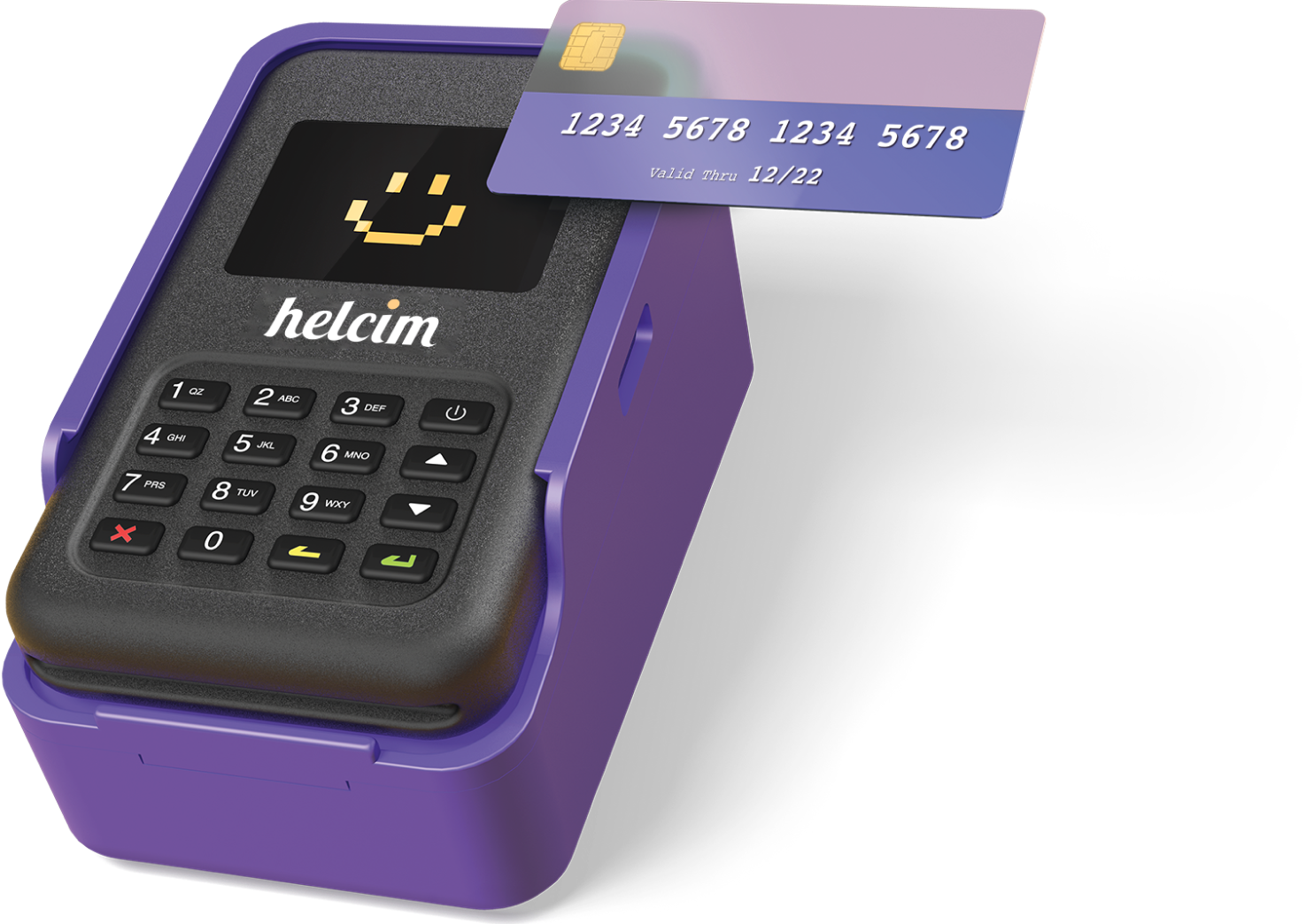Bitcoin Halving is an event that occurs every four years when miners receive 50% fewer bitcoins for verifying transactions.
In 2009, Satoshi Nakamoto (pseudonym) created Bitcoin which is a sovereign system of digital money commonly referred to as a cryptocurrency. Satoshi designed Bitcoin to exist in electronic form, with no physical version. It effectively functions as a store of value and can also be used for the purchase of goods and services.
Nakamoto’s vision was to create a digital currency that falls out of the reach of governments and central banks. It has no direct correlation to any real-world currency, nor is it controlled by any government or centralized entity.
The supply of Bitcoin is limited to 21 million. 18,652,737.5 million Bitcoins have been issued already while we expect that 2,347,262.5 Bitcoins are left to be mined as of March 13, 2021.
Bitcoin is banked with blockchain technology, Bitcoin transactions all over the world are recorded and stored on the blockchain which also functions as a public ledger. The verification and update process for Bitcoin transactions is referred to as Bitcoin Mining.
What is Bitcoin Halving?
Bitcoin halving is an event where the reward for mining new blocks is halved; miners receive 50% fewer bitcoins for verifying transactions. Bitcoin halvings are scheduled to occur once every 210,000 blocks – roughly every four years – until the maximum supply of 21 million bitcoins has been generated by the network.
Bitcoin halving can reduce the number of new bitcoins being generated by the network. This limits the supply of new coins, so prices could rise if demand remains strong. While this has happened in the months before and after previous halvings – causing bitcoin’s price to appreciate rapidly – the circumstances surrounding each halving are different and demand for bitcoin can fluctuate wildly.
Bitcoin was a well-paid hobby for early adopters who had the chance to earn 50 BTC every 10 minutes, given that the network averages one block every ten minutes, from 2009.
The reward was reduced to 25 BTC after the first halving, which marks a drop in Bitcoin’s dwindling finite supply, in 2016. It was further reduced to 12.5 BTC upon the second halving.
Moreover, on May 11, 2020, the number of blocks hit 630,000 hence Bitcoin reward halved again, third halving, to 6.25 BTC and that is the prevailing rate today.
The reward will continue to halve every four years until the final bitcoin has been mined. It may interest you to know that the current value of a Bitcoin is CAD75,745.04 as of March 14, 2021.
The Essence of Bitcoin Halving
Shortly after releasing the Bitcoin white paper, Satoshi summarized the various ways their chosen monetary policy – the schedule by which miners receive block rewards – could play out, pondering the circumstances under which it could lead to deflation (when a currency’s purchasing power increases) or inflation (when the prices of goods and services purchasable with a currency increase).
Satoshi elaborated very little on why they chose the particular formula they did: “Coins have to get initially distributed somehow, and a constant rate seems like the best formula.”
Unlike the monetary policy of state-issued currencies, which unfold through political processes and human institutions, Bitcoin’s monetary policy is written into code shared across the network. Changing it would require an immense output of coordination and agreement across the community of Bitcoin users.
Blockchain.com wrote in a blog post ahead of the 2016 halving:
“Unlike most national currencies we’re familiar with like dollars or euros, bitcoin was designed with a fixed supply and predictable inflation schedule. There will only ever be 21 million bitcoins. This predetermined number makes them scarce, and it’s this scarcity alongside their utility that largely influences their market value.”
Satoshi Nakamoto also programmed the block reward to decrease over time. This is another way in which it differs from the norm for modern financial systems, where central banks control the money supply.
Nakamoto left clues that they created Bitcoin for political reasons. The first Bitcoin block features the headline of a newspaper article: “The Times 03/Jan/2009 Chancellor on brink of second bailout for banks.”
Many have come to interpret it as a sign of Nakamoto’s political beliefs and goals. If widely adopted, Bitcoin could potentially reduce the power banks and governments have over monetary policy, including bailouts of struggling institutions. As shown with the block reward, no central entity can create bitcoin outside of the strict schedule.
Satoshi hasn’t explicitly explained the reasons behind halvings, many have speculated that the system was designed to distribute coins more quickly at the beginning to incentivize people to join the network and mine new blocks. Hence, we can conclude that Bitcoin halves due to the design of its software.
This theory assumes that block rewards were programmed to halve at regular intervals because the value of each coin rewarded was deemed likely to increase as the network expanded.
Bitcoin Halving Impacts Bitcoin Price
The expected theory is that when the supply of bitcoin declines, the demand for bitcoin will stay the same, pushing the price up. If that theory is correct, then we could observe similar price increases after every halving.
The price rise pattern observed with the three previous halvings indicates: rising ahead of time due to increased news coverage; and after the event, itself as the supply of new coins is constrained.
It is not yet clear how the next halving will impact bitcoin’s price, however, any price rise will depend on how demand for bitcoins shapes up for the halving.
We are not certain that demand will increase or even remain static especially because the market has matured significantly since the last halving in 2016, and there are now many more cryptocurrencies competing for users.
However, there is another argument that given the predictability of bitcoin’s halving schedule, this change in the minting rate is unlikely to shift the price. Traders have long known the bitcoin block reward will decrease, giving them ample time to prepare.
It’s possible that if enough people know about a halving in advance, they will buy bitcoin in anticipation, pushing the price up before the halving instead of after. This is what people mean when they argue the halving is “priced in.”
Halving and Decrease in Reward for Bitcoin Miners
Miners need an incentive to do what they do; they need to get paid. But the consequence of this dropping block reward is that eventually, it will dwindle to nothing when the last Bitcoin is mined.
Transaction fees, which users pay each time they send a transaction, are the other way miners earn money. The size of the fee is set by the user or their wallet software. The fees are expected to become a more important source of remuneration for miners as the block reward falls.
“In a few decades when the reward gets too small, the transaction fee will become the main compensation for nodes. I’m sure that in 20 years there will either be very large transaction volume or no volume,” Nakamoto wrote.
But Bitcoin researchers have been considering the possibility transaction fees won’t suffice. For one thing, it means transactions might need to grow more expensive overtime to keep the network secure.
Effect of Halving on Safety of Bitcoin
it is mining rewards that draw more computing power to Bitcoin, securing it against attacks that try to circumvent the network’s rules. It’s unclear whether a future attenuated block reward will have the same incentive for miners, even when supplemented with fees.
Part of the problem is that more than a decade after Bitcoin’s birth the market is still figuring out the true cost of protecting the network from attackers.
A Bitcoin researcher – Dubrovsky – argued that:
“Nobody knows the correct level of security needed to keep Bitcoin safe. Currently, Bitcoin pays out something like $5 billion per year and there are no successful attacks; however, there has been no price discovery. Bitcoin may be overpaying. To find out the minimum level of security needed to avoid attacks, the mining rewards would need to be dropped to the point where attacks start happening and then increased until the attacks stop.”
The incentive to attack Bitcoin today is larger than it was five years ago. The more Bitcoin grows, the world economies might see it as a threat and might eventually feel forced to react.
Their reaction may be outrightly against it, adoption of Bitcoin as legal tender or development of policy frameworks to regulate it. The attacks can be from the world economies and governments or even hackers.
Conclusion
Bitcoin halving determines the reward for miners, the reward motivates the miners to create Bitcoin and increase the computing power of the network that generates Bitcoins. Halving has a significant impact on the price of Bitcoin.
Halving translates to a decrease in reward for the miners moreover, when the last bitcoin is mined, the reward for Bitcoin mining will only be transactional fees and the security of Bitcoin may be compromised eventually.
However, the future of Bitcoin remains bright and we anticipate more innovations that can positively impact Bitcoin and other cryptocurrencies.












